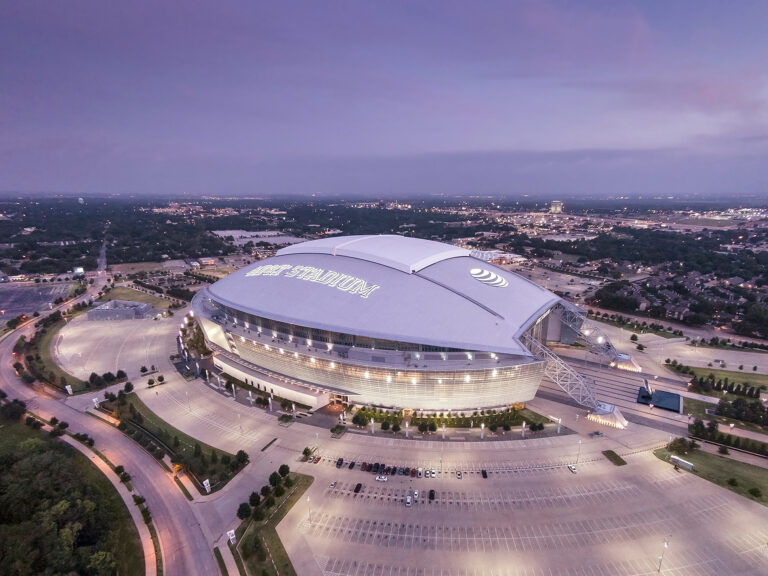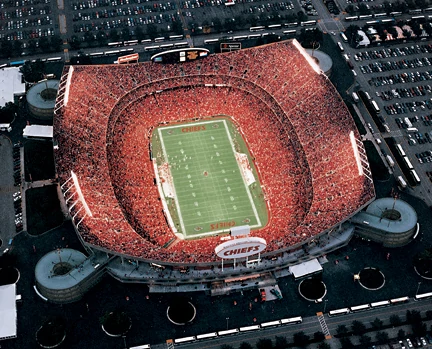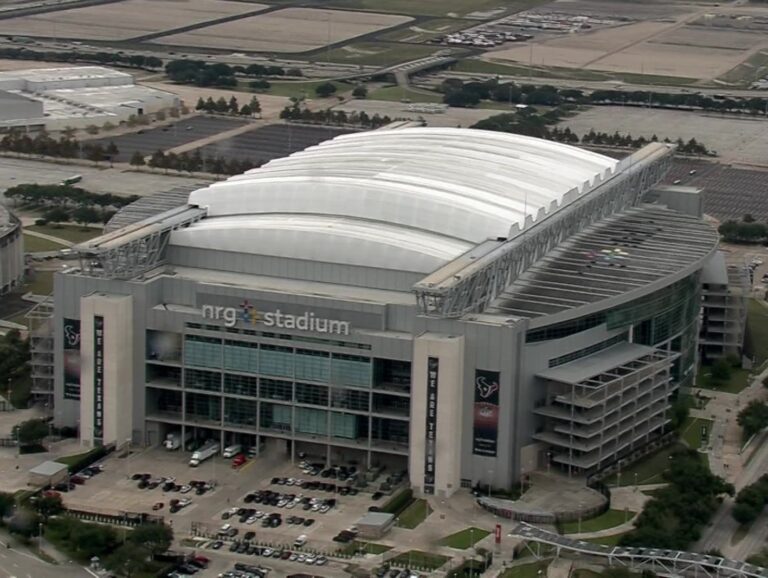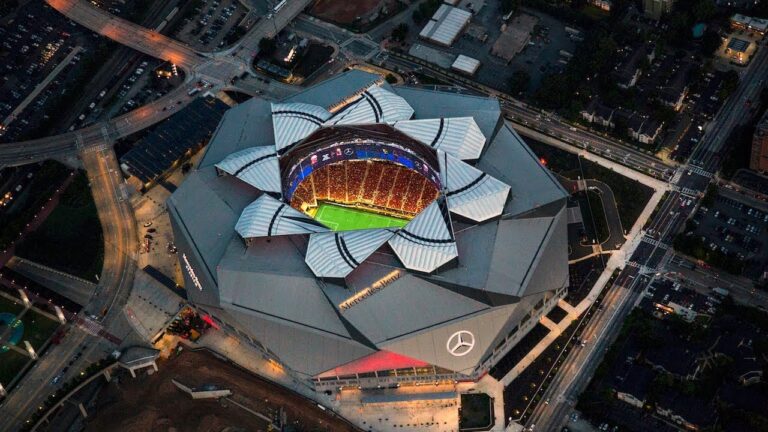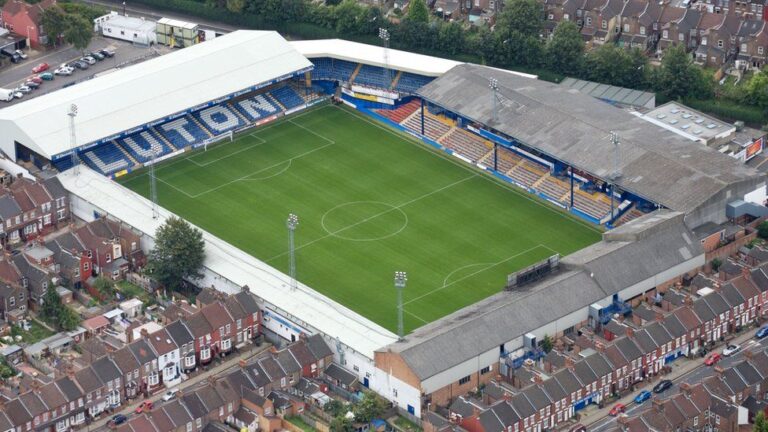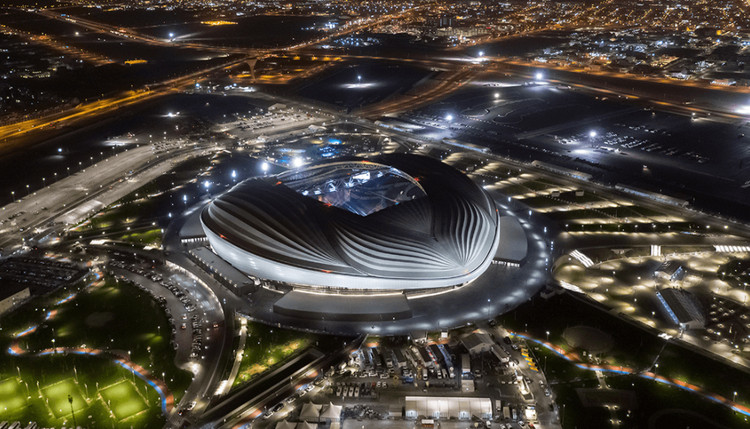BC Place Stadium Capacity, Tickets, Seating Plan, Records, Location, Parking
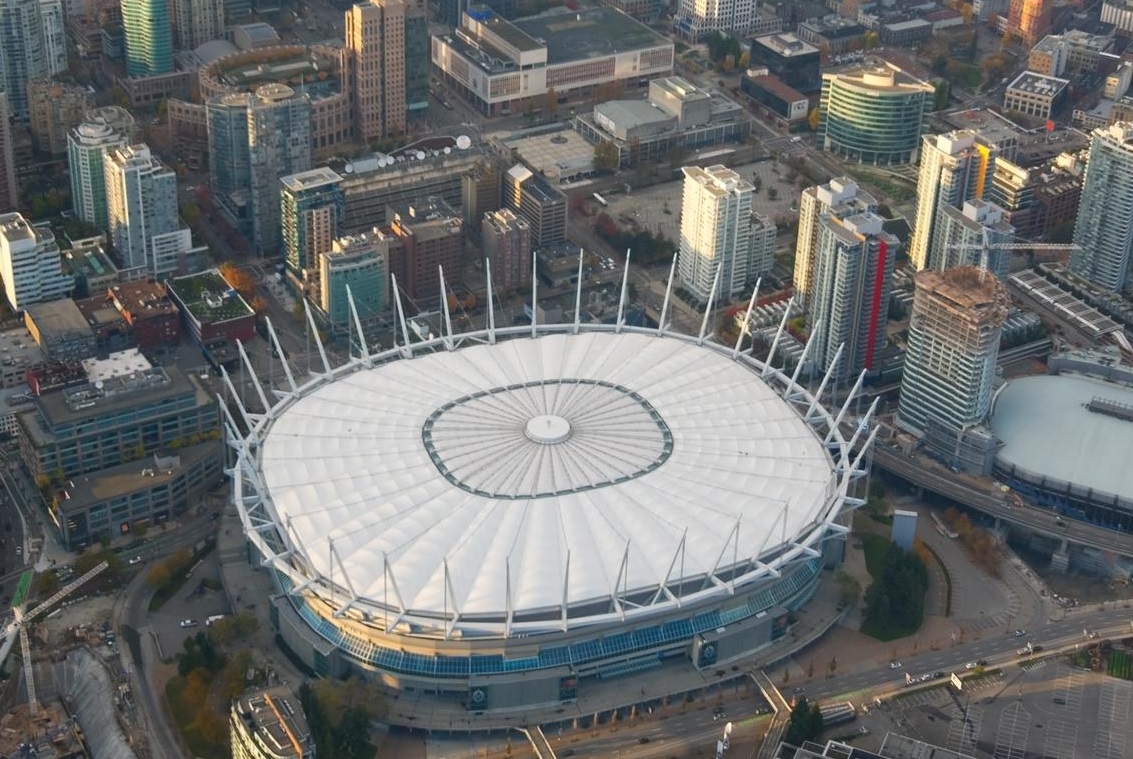
BC Place is a multi-use stadium in Vancouver, British Columbia, Canada. Located on the north side of False Creek, it is owned and operated by the BC Pavilion Corporation (PavCo), a crown corporation of the province.
The venue is currently home to the BC Lions of the Canadian Football League (CFL), the Vancouver Whitecaps FC of Major League Soccer (MLS), the annual Canada Sevens (part of the World Rugby Sevens Series), as well as the BC Sports Hall of Fame.
Opened 40 years ago on June 19, 1983, BC Place was originally an indoor structure with an air-supported roof, the largest in the world at the time. After the 2010 Winter Olympics, it was closed for 16 months as part of an extensive revitalization, the centerpiece of which was replacing the inflatable roof with a retractable roof supported by cables. Once construction was complete, the stadium’s new roof was also the largest of its kind.
BC Place was the main stadium for the 2010 Winter Olympics and 2010 Paralympics, the 2012 CONCACAF Women’s Olympic Qualifying Tournament, as well as the venue for several matches, including the World Cup championship game and 2015 FIFA Women’s World Cup. The stadium is set to host multiple matches during the 2026 FIFA World Cup, which is estimated to cost between $240 million and $260 million to organize, plan and host in Vancouver.
| Built In: | April 1981 |
| Capacity: | 54,405 |
| Home Teams: | BC Lions |
| Construction cost: | $307 million |
BC Place Stadium History
Opening and 20th century
Construction of the stadium began in 1981, with Dillingham Construction contracted to build the stadium, designed by architectural firm Studio Phillips Barratt, Ltd. BC Place was built as part of the preparations for the 1986 World’s Fair, Expo 86. Following its Completion in 1983, the stadium, designed by structural engineers Geiger Berger Associates, was the world’s largest air-supported domed stadium until May 4, 2010, when it was deflated for the last time in preparation for the construction of its new retractable roof. Its original air-supported design was similar to the Hubert H. Humphrey Metrodome in Minneapolis, Minnesota, which was home to the Minnesota Twins Major League Baseball team and the Minnesota Vikings National Football League team.
The stadium celebrated its grand opening on Sunday, June 19, 1983. The first major event held at the stadium occurred the following day, June 20, when the Vancouver Whitecaps hosted the Seattle Sounders in a Vancouver Football League game. North America (NASL) on Monday night. with attendance announced at 60,342. On June 23, 1983, the BC Lions played their first game in the new stadium, a 41-19 preseason victory against the Calgary Stampeders with 53,472 in attendance.
A month later, on July 24, 1983, a crowd of 41,810 watched the BC Lions defeat the Saskatchewan Roughriders 44-28 in the Lions’ regular season opener at the stadium. The venue would host Soccer Bowl ’83 later that year. On September 18, 1984, Pope John Paul II addressed an overcapacity crowd for “A Celebration of Life.” The celebration was part of the papal visit to the Archdiocese of Vancouver. It was one of the busiest events at the stadium. The Celebration of the Pope’s Life was followed a few months later by the Canadian Pacific Billy Graham Crusade, which drew similar numbers each night.
The stadium was then used for the opening and closing ceremonies of the 1986 World Exhibition of Transportation and Communications (Expo ’86). Their Royal Highnesses Prince Charles and Princess Diana accepted an invitation from the Province of British Columbia and made themselves available to participate in the opening ceremonies.
With great fanfare, they officially proclaimed the opening of the World’s Fair on 2 May 1986. In 1987, an Australian rules football exhibition game was played at the stadium and drew a crowd of 32,789, a record for the largest AFL crowd. /VFL outside Australia. The stadium also held an NFL exhibition game in 1998 when the San Francisco 49ers beat the Seattle Seahawks 24-21 in the American Bowl.
2007 roof deflation
On January 5, 2007, snow accumulated on the air-supported Teflon fiberglass roof, despite strict zero-ice-accumulation guidelines and structural ice-accumulation warnings. The buildup caused a tear in the ETFE-coated roof fabric near Gate G on the south side, where the roof meets the top of the concrete bin. The tear grew rapidly as air escaped through it, so maintenance personnel performed intentional and controlled deflation to protect the integrity of the intact fabric roof panels.
As designed to do, the deflated roof rested on its steel support cables 20 feet (6 meters) above the seats and field. Typically the ceiling was 27 meters (90 ft) above the top of the bowl when inflated. No one was injured during the incident, although rain and melting snow flooded the container and it subsequently had to be pumped out.
An independent report indicated that rapid accidental pressurization combined with light gusts of wind and a previously undetected location of damage caused the tear. The damaged panel was replaced with a temporary one on January 19, and the roof was re-inflated. The BC Contractors Association held an exhibit at the stadium during the week of January 23, during which the roof leaked in several places when it rained. The temporary panel was successfully replaced with a permanent one in June 2007, just before the start of the 2007 CFL season.
Renovation and roof replacement
On May 16, 2008, it was announced that major renovations worth more than $150 million would take place at BC Place Stadium. The work was carried out in two phases. The first phase involved upgrades to seating, restrooms, concessions and luxury suites, as well as reinforcing the existing circular beam at the top of the building and was completed in October 2009, in time for the Olympic Games in Winter 2010.
Work on the retractable roof began in May 2010, with PCL Westcoast Constructors Inc. contracted to build the roof designed by architecture firm Stantec Architecture Ltd. and structural engineering firm Geiger Engineers, with Schlaich Bergermann & Partner as consulting engineers. and Genivar, Inc. acting as service engineers. Geiger also designed the new scoreboard hanging in the center of the stadium.
Construction of the roof began immediately after the completion of the 2010 Winter Paralympics and the final deflation of the air-supported roof. The official budget for the completed Phase 1 upgrades plus the revitalization project was $514 million. The new roof, a cable-supported retractable roof system first used at the Commerzbank-Arena in Frankfurt, Germany, is the largest of its kind. The opening measures 100 by 85 meters (109 by 93 yd), the same size as the field below. The fabric ceiling retracts and is hidden by a capsule in the center of the opening, above the suspended video panel.
The updated stadium also features the second largest high-definition scoreboard hanging in North America’s center, after AT&T Stadium. Additionally, a new artificial turf developed by Polytan was installed at an estimated cost of $1.2 million. It is designed to achieve FIFA 2-star certification, the highest rating possible. The football field measures 117 by 75 yards (107 by 69 m).
TSN analyst and former CFL player Chris Schultz praised both the design and engineering of the new stadium. Columnist Brian Hutchinson praised the renovations for significantly improving acoustics and bringing a light and airy feel to the stadium. These were aspects that were missing from its previous air-supported roof incarnation, as well as the Montreal Olympic Stadium and Rogers Center (formerly SkyDome).
The artificial turf installed between September 2011 and April 2015 drew criticism, particularly for its lacklustre characteristics for playing professional-level soccer. In May 2015, just before the FIFA Women’s World Cup Canada 2015, a new artificial turf was put down. The total cost of the turf upgrade was $1.327 million, with Canada Soccer and Rugby Canada each contributing $500,000 CDN to the project. Liam Middleton, Canada’s rugby sevens coach, stated that the new surface was “better than some natural grass surfaces they have played on.”
Stadium Capacity
BC Place Stadium has a seating capacity of 54,405.
BC Place Stadium Seating Plan
The seating plan for BC Place Stadium in Vancouver, Canada, includes a variety of seating options to accommodate different levels of comfort and price. The seating capacity is around 54,500 seats.
The main seating area is located on the lower level of the stadium, where most of the seats are located. These seats offer a great view of the field and are well-suited for watching football and soccer games.
The club seating areas are also located on the lower level of the stadium, which offers a premium view of the field along with exclusive access to VIP lounges and other amenities.
The upper level of the stadium has additional seating, which offers a less expensive option for viewing games and events.
Keep in mind that specific seating arrangement may vary depending on the type of event, the organization’s rules and regulations and the seating available for the specific event, you should check their official website for updated information.
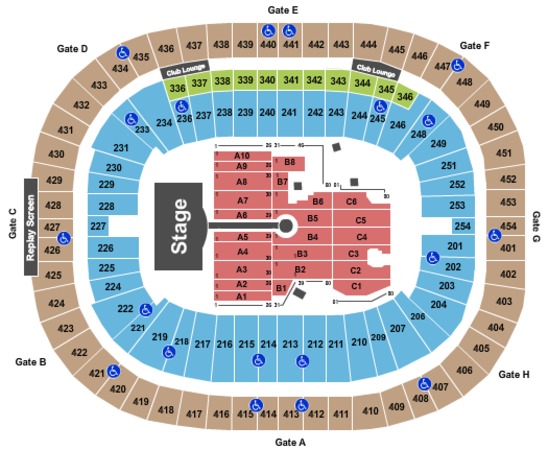
Notable Events & Records
Not Yet.
Upcoming Events
The stadium is set to host multiple matches during the 2026 FIFA World Cup, which is estimated to cost between $240 million and $260 million to organize, plan, and host in Vancouver. This stadium is in the 2026 FIFA World Cup Stadiums and Venues.
Parking
BC Place Stadium has the best parking system and the cost to park in the lots closest to the stadium during events ranges from $10 to $30. There is limited accessible parking, however there is an accessible drop zone located at street level on Pacific Boulevard under Gate F for guests using mobility devices.

